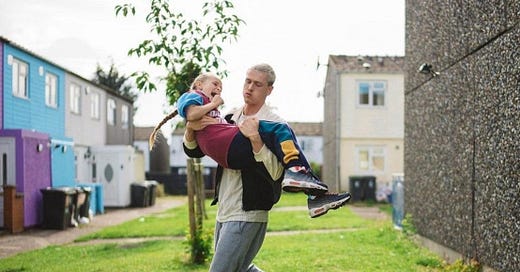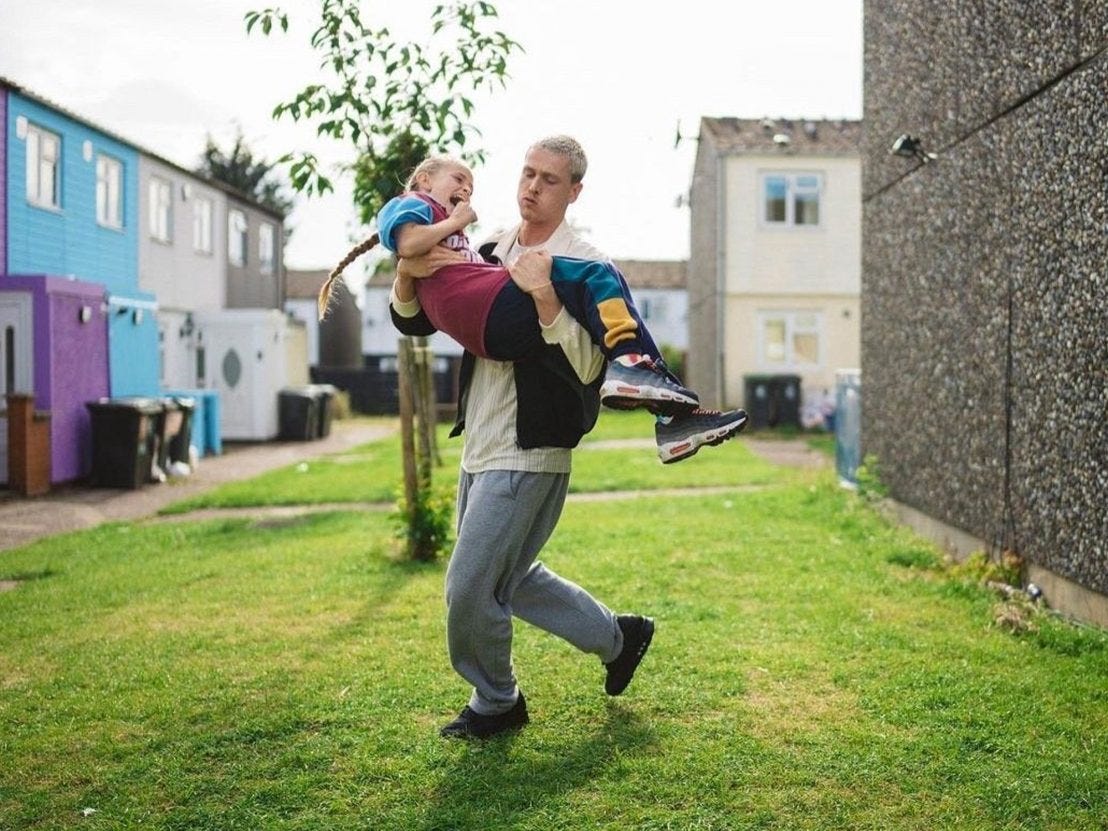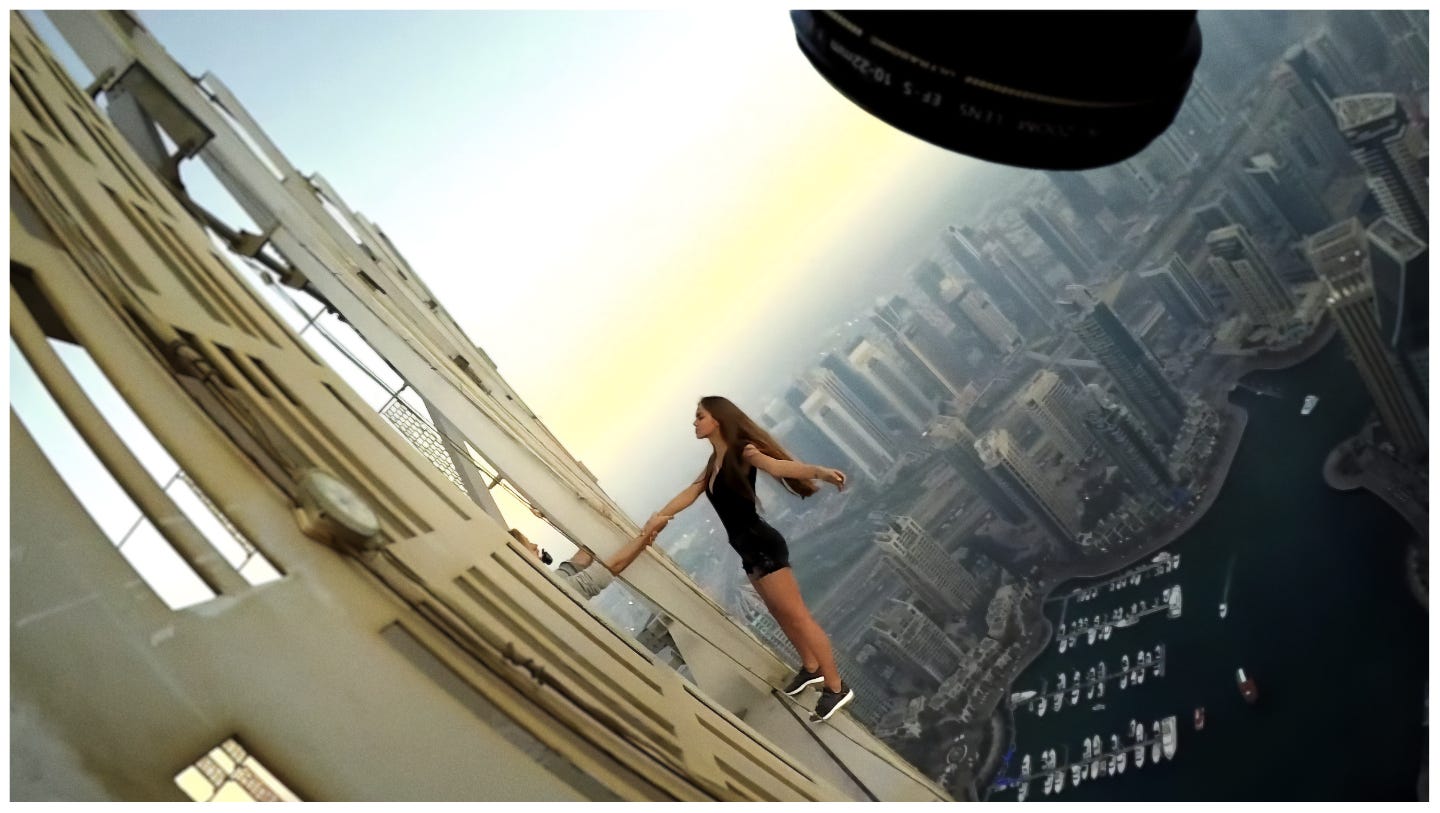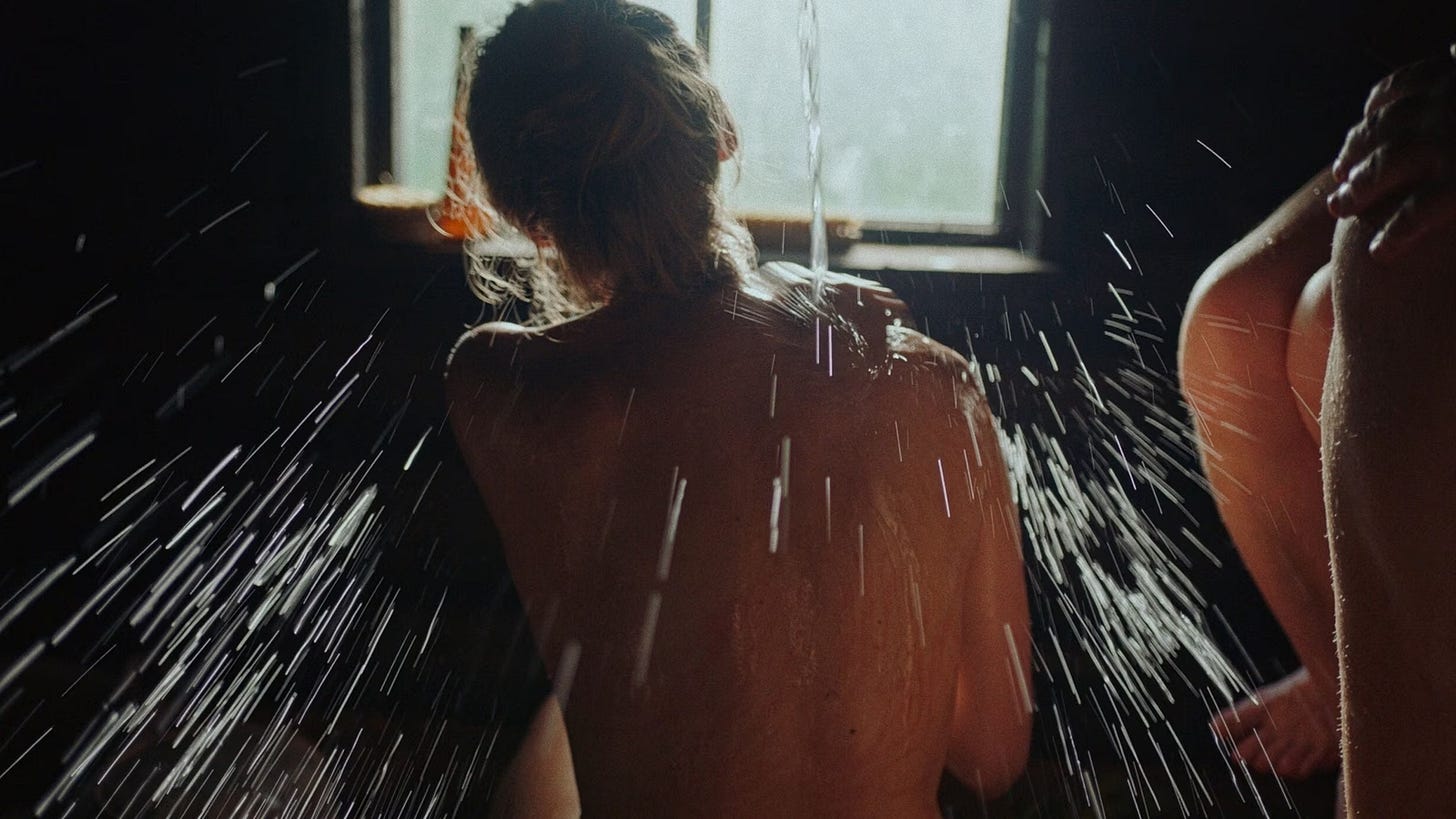Four Sundance Reviews
And a brief discussion on their merits of international independent filmmaking
The Sundance Film Festival is a bastion of independent filmmaking. That was the founding purpose of Robert Redford’s Institute- an organization that fosters young filmmakers who are creating visionary works without the backing of the traditional studio system. The festival has been a launching pad for the industry’s most exciting auteurs and commercial filmmakers for over thirty years. Whiplash, Get Out, and Reservoir Dogs each debuted at the festival and immediately catapulted their respective filmmakers into stardom.
While the jury is still out on whether this year’s Sundance introduced audiences to a new Hollywood visionary, it did provide a laboratory for some exciting new filmmakers to explore and experiment with their craft. As a virtual attendee, I had access to the international independent features with the World Cinema Package. This is a category I was previously unfamiliar with. If you live in a big city with an arthouse cinema, it is easy to watch American independent films. However, due to the small budgets and limited releases (if any) of foreign independent films, they are difficult for Americans to find, even if you do keep your eye out for them.
Despite their limited accessibility, international cinema as a whole is becoming more and more relevant to American audiences. So important that in each of the last four years, an international feature has been nominated for Best Picture at the Oscars. Drive My Car, Minari, Roma, Parasite, and Triangle of Sadness were able to capture the attention of the American audience and garner critical acclaim and commercial appeal.
The expanded awareness of foreign films is great. It gives audiences access to new worlds that we are not as familiar with and stories that are universal in theme but wonderfully specific in their locale and milieu. The same goes for the international features category at this year’s Sundance Film Festival. In the following newsletter, I will give you a glimpse of four of the best films I watched at the festival. While each came from different corners of the globe, they were all able to convey a mixture of idiosyncrasy and universality that made them accessible yet refreshing. Through these films, I traveled to a housing community on the outskirts of London, the remote forests of southern Estonia, and a working-class religious community in Spain, all while sitting on my couch. The filmmakers use these stories to communicate something deeper about their world, and in turn, the world as a whole. When I watch movies, I look for connections. And when films from places I have never been, spoken in languages I do not understand, can reach out and touch me, I am all the more impressed.
While you likely will not be able to seek out these movies directly after you read my reviews, I hope my enthusiasm and critiques inspire you to watch a film from a place you have never been. It is thrilling and disorienting to see the ubiquity of human emotion within the varied landscapes of the physical world.
Scrapper
Written and Directed by Charlotte Regan
Scrapper is a typical Sundance movie- small in scope and big in heart. The film tells the story of a 12-year-old girl, Georgie (played by Lola Campbell), living in a housing complex outside of London. Her mother recently passed away and she lives and survives by herself, convincing Social Services and her neighbors that she is taken care of by her (imaginary) Uncle- Winston Churchill. Jokes like these shape the lighthearted tone of Charlotte Regan’s feature debut. The story and its imaginative visual language are told through Georgie’s adolescent mind. It's colorful, yet chaotic. Sweet yet biting. A combination of Wes Anderson meets punk rock, it's everything that 12-year-olds are, are not, and imagine themselves to be. And the pre-teen at the center of the story elevates it through her tough, spunky, and emotionally nuanced performance. The movie is all Georgie’s until her absentee father (Harris Dickinson) shows up. Here, the film morphs into a conventional father-daughter story. Scrapper has some trouble balancing the small scope of its story with the urge to create more palpable stakes, resulting in plot points that feel out of touch with the rest of the film’s tone. Regardless of its weaker third act, the authorial aesthetics of Scrapper mark the emergence of a distinct and talented visual storyteller. Regan knows how to move the camera, compose shots, and create an imaginative world for our characters to live in. When the film lets go of convention and submerges the audience into its childlike world, its true vision emerges and the simplicity of Scrapper justifies itself.
Fantastic Machine
Directed by Axel Danielson and Maximilien Van Aertryck
Fantastic Machine is a documentary that tells the story of the camera. The information it presents is varied and deep enough to fill an entire semester-long class. It’s a huge film with the biggest goal imaginable- show the history and evolution of one of our oldest and most influential devices, discuss all of its uses over time, and do so in 90 minutes. It’s a hefty goal and the filmmakers largely succeed in creating a documentary that shows how the people behind the camera have used it to capture, present, and distort reality for the last 150 years. The film utilizes many unique visual examples to show that cameras are tools of representation and exploitation, that they have the power to both represent and alter reality, and how they can communicate emotion and spread information. The best moments of Fantastic Machine come when it distills its subject matter to its most poignant attributes. There is a striking sequence showing footage of people taking pictures. These images were at times, funny, and at other times, disconcerting. And that’s precisely the point. Fantastic Machine succeeds when it conveys the camera as a powerful weapon. And not in the sense that it can kill or harm others, but in how it can morph reality by shifting its focus and subject matter. Midway through the film, the documentarians insert an interview with Leni Riefenstahl, the primary editor who crafted Nazi propaganda pictures and movies. She was casual yet gleeful about the work she did, remarking on the emotions she was able to evoke in an audience by moving the camera. She undoubtedly thinks the camera is a fantastic machine. The film proves as much. It's fantastic, powerful, beautiful, terrifying, and so much more.
Mamacruz
Directed by Patricia Ortega
Mamacruz presents the horrors of a banal existence. What happens when you’re a grandparent? And you live a sexless life, doing the same thing every day. You wake up, go to church, sew a bit, eat dinner with your partner who you ran out of things to say to 45 years ago, watch TV, and go to bed. Mamacruz presents this exhausting existence with quietness and precision, through the world of the titular character. Suddenly, after catching a glimpse of porn on her granddaughter's iPad, Cruz’s world changes and she sees sex everywhere. The film then launches into a story of identity with a wholly unique character at its center. Rarely do we see coming-of-age stories about 70-year-olds. But we’re always changing and growing into our age and having little crises about who we are and why we are on this earth. Mamacruz shifts the focus of these stories from young and lost twenty-somethings to a woman at the sunset of her life, trying to make meaning of an existence that’s slower than she wants it to be. With her newly reawakened sense of self and sexuality, Cruz tentatively leaves the church and starts attending a sex therapy group. These scenes are electrifying. They feature older women recapturing their youth with a sense of humor and empathy. In what seems like a typical critique of the films at this year’s festival, the Mamacruz loses its way during the third act, as it attempts to inject stakes into its internal story. Conversations with minor characters are primarily used to serve audiences the themes of the movie rather than reach any sort of emotional connection or understanding between characters. And in a largely grounded and naturalistic film, that last shot provides a surreal image that shows it's never too late to seek fulfillment. Despite a messy third act, Mamacruz has a unique vision and rock-solid lead performance, fully immersing its audience in a world we are not often privileged with seeing on screen.
Smoke Sauna Sisterhood
Directed by Anna Hints
Eight middle-aged women in southern Estonia gather in a sauna, sharing stories, listening, and expelling their sweat and suffering. Smoke Sauna Sisterhood is a documentary with a simple premise. Yet, its simplicity is an aid rather than a hindrance to a story that asks its audience to sit, listen, and hold space. After all, that’s what the women do in the sauna. They sit and listen. My girlfriend pointed out the rarity of the second part of that statement. As we were discussing the film afterward, she commented on the American equivalent of the smoke-filled sauna- a group of women gathering and talking about their own life experiences, sharing, comforting each other, and interjecting. While these experiences are cathartic, Liv recognized how this film amplifies the simple act of listening and not responding. When these women share their stories of deep trauma, abuse, and hardship, none of them interject or add their own experiences to try and relate. They just sit and listen. That’s exactly the point of Smoke Sauna Sisterhood. The filmmaker rarely shows any faces. All we see are unadulterated images of the female body- naked, sweaty, and natural. The camera captures the heat and darkness of the room. Smoke slinks up the walls and sweat crystallizes on bare skin. The darkness and warmth of the film convey the sense of anonymity and comfort that comes from the experience of exorcising your trauma in a safe space. The filmmaker extraordinarily conveys this purifying act with a deeply naturalistic visual quality. Smoke Sauna Sisterhood is a complete and total accomplishment. It is a film that is never limited by its premise. It is confident and comfortable in the notion that it exists solely to present this southern Estonian practice. A practice that is wonderfully specific but also completely universal. We all could use time in the sauna.







